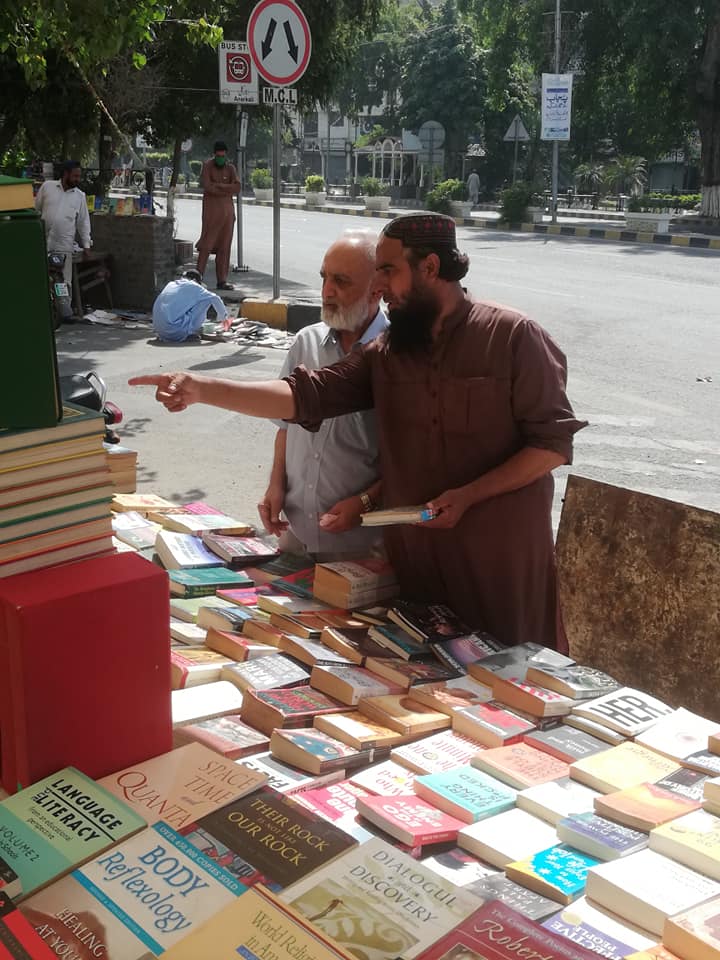News Desk
Pakistan’s literacy rate has declined to 60.7%, according to the latest Pakistan Economic Survey 2024–25, highlighting a persistent divide between urban and rural populations and exposing limitations in the country’s formal education system.
The data reveals that rural literacy stands at 51.6%, significantly lower than the 74.1% rate in urban areas. Gender disparities also remain stark: only 52.8% of women are literate compared to 68.0% of men. Meanwhile, approximately 38% of children across the country remain out of school, many in regions lacking reliable educational infrastructure.
Education experts say these figures point to long-standing systemic challenges that decades of reforms have failed to fully address. In response, non-formal education models—ranging from community initiatives to digital platforms—are quietly emerging as alternative avenues for learning.
One such initiative is being led by Papercraft Publishers, a Lahore-based company increasingly approached by educators and NGOs looking to reach children excluded from mainstream schooling.
“In the absence of structured learning environments, we’re being asked to support what you might call literacy from the outside,” said Syed Hammad, CEO of Papercraft Publishers. “This includes providing affordable reading material, setting up small libraries in under-resourced schools, and helping new writers from remote areas publish and distribute their work.”
Papercraft also facilitates access to international publishing platforms such as Amazon Kindle Direct Publishing and IngramSpark, allowing Pakistani writers to distribute their work globally. According to Hammad, the goal is both reach and representation: “Stories from rural Pakistan deserve a global audience.”
Hammad emphasized the importance of non-formal education as a permanent fixture in the national learning landscape. “It’s not a temporary fix. Informal spaces—homes, mosques, community libraries, even mobile devices—can be powerful tools for fostering literacy and self-worth.”
This perspective aligns with a growing view among educators that locally relevant content, storytelling, and culturally meaningful materials may be more effective than traditional textbooks in engaging underserved learners, particularly girls and out-of-school youth.
Observers argue that Pakistan’s literacy challenges are less about the availability of resources and more about ensuring relevance and accessibility. While schools, textbooks, and training programs exist, their reach and effectiveness remain uneven—particularly in marginalized communities.
Whether non-formal initiatives can scale or sustain themselves without broader public sector support is uncertain. However, with one in three children in Pakistan never enrolling in school, education advocates say such parallel systems may be critical to addressing the country’s deepening literacy divide.



Great endeavor. I have liked it from the beginning. Excellent news paper.